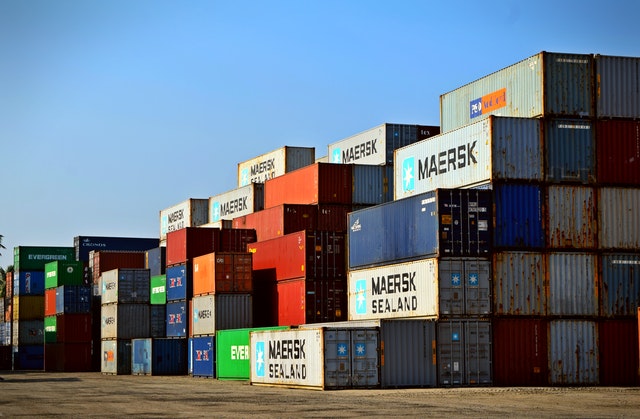Managing a supply chain is far more complex than you may think, but it’s also an integral part of almost any business. Without adequate processes in place, a supply chain can fall apart rapidly leaving you up the proverbial creek without a paddle. That’s why we’re put together this lists of tips for effectively managing supply chain workflow:
Have A Plan
First things first, before you can manage a supply chain, you need to design it. The planning stage is crucial to future functionality so it’s vital that you ensure that all your I’s are dotted and your T’s are crossed. Think about what you need to acquire, how you need to move it and what partnerships you will need to create or engage in order to support the supply chain, then organise your specifics around these details. By setting things up in this way, you ensure that you’re not going to miss any of the big picture factors by being too focused on smaller details.
Consider Practising Social Procurement
The next thing you’re going to want to do is consider practising social procurement. Social procurement simply means that your supply chain creates more value than simply the products themselves. For example, you may source locally or from a company that pledges to only craft items ethically, in both of these cases, you are supporting communities. By the same token, you may wish to only ship with companies that offer carbon neutral freight, thereby caring for the environment. This benefits everyone in your supply chain, as well as society as a whole, and you may even be able to source assistance or rebates to help you operate in a socially conscious manner. Setting things up like this from the start also helps ensure that your supply chain is solid and avoids unnecessary shuffling further down the track.
Keep On Top Of Paperwork

Now that your supply chain is up and running, it’s vital that you keep on top of paperwork, especially if elements of your logistics are international. One incomplete, or incorrect, document could spell disaster so although it is time consuming and may not be your top priority, proper admin really is crucial.
Don’t Forget About Reverse Logistics
An important, yet often overlooked aspect of your supply chain is the reverse side of things. Reverse logistics refers to returns, end of life recycling programs managed by your company, and pretty much any other reason why your goods may need to return to home base. This probably won’t be a prominent part of your operations, however, it still needs to be worked out correctly so that in the event that things do need to be returned, you have the capacity to deal with the issue efficiently.
Prepare For The Worst
Finally, it’s always a good idea to have a contingency plan in place in the event that a worst case scenario arises. Minor disruptions may be normal and even quite common, but major problems or delays could spell disaster for your company. Having a back up plan for all elements of your operation is strongly advised and your logistics are no different to the rest of your business. Hopefully you’ll never need to use these plans, but in the event that you do, at least you gave procedures in place.
Running a business is never easy, and some aspects, such as logistics, pose more issues than others. By getting things set up correctly from the start, however, and closely monitoring operations as you go along, you’ll be in a far better position to have a well managed supply chain.
